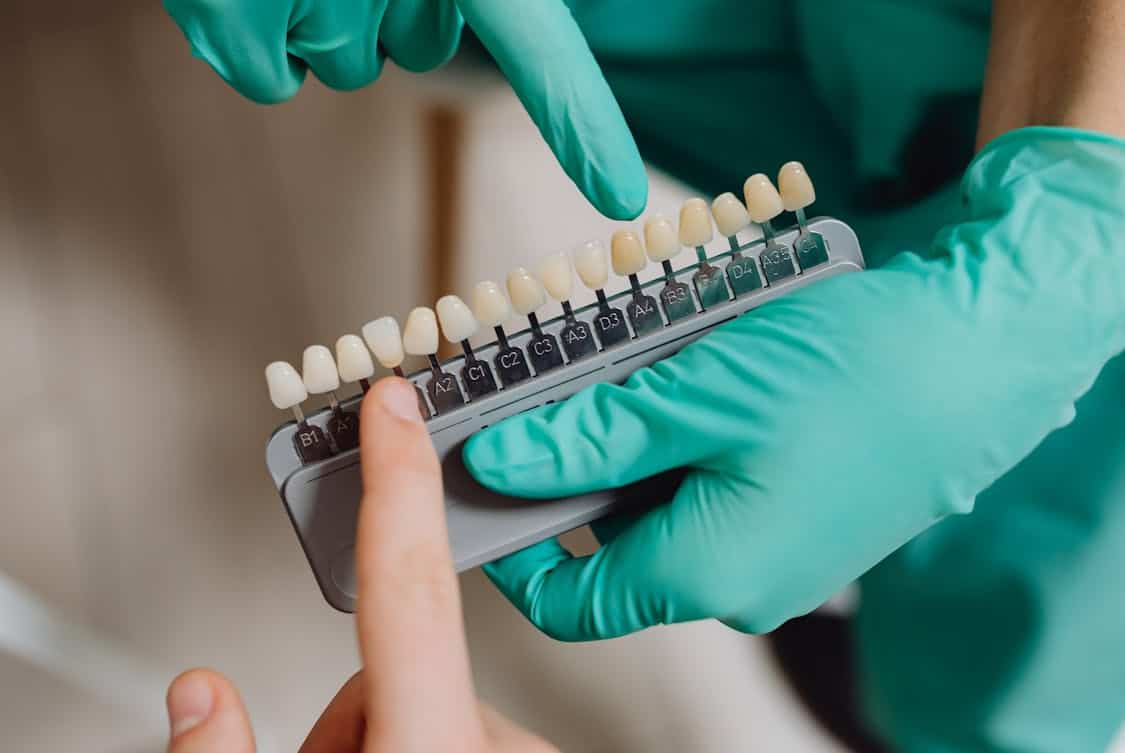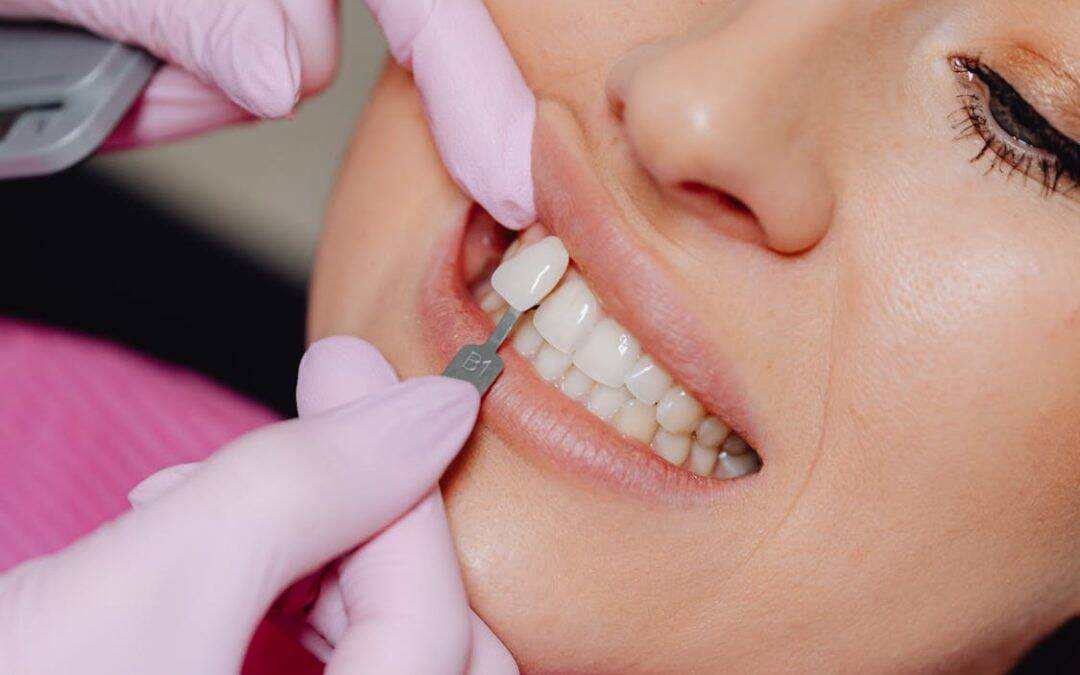A bright, confident smile can change the way others see you and the way you feel about yourself. Veneers have long been a go-to fix for stained, chipped, or misaligned teeth, yet not all veneers are made the same. Custom veneers bring a different level of precision and personalization that shifts the conversation from one-size-fits-most to one-size-for-you.
Across dental offices, the phrase custom veneers crops up more and more, and for good reason. These restorations rely on digital planning, lab expertise, and careful finishing to match a patient’s unique anatomy. What follows are five clear reasons why many patients and clinicians prefer the custom route.
1. Precision Fit and Comfort
Custom veneers are created from detailed scans and models of a patient’s mouth, so the pieces match root contours and bite patterns with great accuracy. This high level of fit reduces the need for post-placement grinding and tweaking, cutting chair time and discomfort.
When veneers sit well, they feel natural; the tongue and lips adapt faster and speech returns to normal sooner. That snug, natural feeling—some people say it fits like a glove—comes from small, deliberate adjustments that factory-made shells can’t replicate.
Precise margins also protect gum tissue by limiting irritation and reducing plaque traps at the veneer-tooth junction. In short, a neat fit equals better tissue health and fewer follow-up visits.
Traditional options often use standardized shapes and sizes that dentists modify on the fly, which can leave gaps or pressure points. Those quick fixes work sometimes, but they seldom match the tailored contact points that custom solutions create from the outset.
2. Aesthetic Personalization
Custom veneers allow technicians to match shade, translucency, and micro-texture to the surrounding dentition, creating a seamless visual flow. The lab can layer ceramics or composites to mimic enamel depth, giving a smile natural gradations of color and light.
Shape is another variable that a custom process handles with finesse; teeth can be elongated, shortened, or reshaped to balance a face and enhance smile lines. Small changes in contour and surface finish translate into big gains in perceived naturalness.
Because color and texture are built into the restoration rather than painted on superficially, the result resists looking flat or artificial under different lighting. That three-dimensional, life-like finish often makes the difference between pretty and plausibly perfect.
Off-the-shelf alternatives tend to focus on speed and economy, offering a decent look but rarely the polished, personalized outcome a skilled ceramist can render. For people who want their smile to match their image precisely, the custom route often wins the day.
3. Material Quality and Longevity

Custom veneers commonly use higher-grade ceramics such as feldspathic porcelain or lithium disilicate, which balance strength with lifelike translucency. Those materials resist staining and abrasion better than many lower-cost options, which helps the restoration hold up over years of chewing and cleaning.
Laboratory fabrication also allows for controlled firing and finishing steps that optimize material properties at a micro level. Technicians can adjust thickness, layering, and glazing to tailor strength where it’s needed most while preserving esthetic qualities elsewhere.
When veneers are made to spec and bonded properly, they often last longer and require fewer repairs, meaning a lower total cost of ownership over the long haul. That pay-off shows itself in fewer surprise visits and less need for replacement.
Mass-produced veneers can use adequate materials but typically skip some of the fine control steps that boost long-term performance. If durability and sustained appearance matter, the investment in superior lab processes tends to pay dividends.
4. Conservative Tooth Preparation
A custom approach can reduce the amount of natural tooth structure that needs alteration because the lab produces a restoration that matches the planned contour. Careful planning—digital mock-ups and wax-ups—lets the clinician remove only what’s necessary, preserving enamel when possible.
Keeping enamel intact matters since bonding to enamel yields a stronger, more reliable adhesive interface than bonding to dentin. That stronger bond reduces the likelihood of debonding and helps protect the underlying tooth over time.
Minimally invasive prep often means less post-op sensitivity for the patient and a reduced need for costly follow-up treatment. Patients value conservative work that preserves their natural tissue and still delivers a dramatic visual change.
Traditional veneer methods sometimes require more uniform reduction to make prefabricated shells fit, which can lead to unnecessary loss of structure. For people who want to keep as much of their natural tooth as possible, the custom path can be a smart pick.
5. Functional Performance and Maintenance
Custom veneers are set up to work with each patient’s unique bite, so occlusal contacts and guidance are refined during planning and final placement. That attention prevents premature wear, chipping, or unwanted force transfer to neighboring teeth.
Because fit and contacts are checked ahead of time, the need for major chairside corrections is reduced; small adjustments after placement are normal, but big reshapes are rare. Patients often report that their newly veneered teeth feel integrated into their mouth rather than tacked on.
For those who want a temporary or removable way to enhance their smile without committing to permanent veneers, custom-fitted snap-on covers that improve tooth appearance can offer a convenient, budget-friendly alternative.
Maintenance remains straightforward: routine cleaning, periodic checks, and protective measures like night guards for bruxers keep things running smoothly. With a sensible care plan, these restorations can function worry-free for years.

